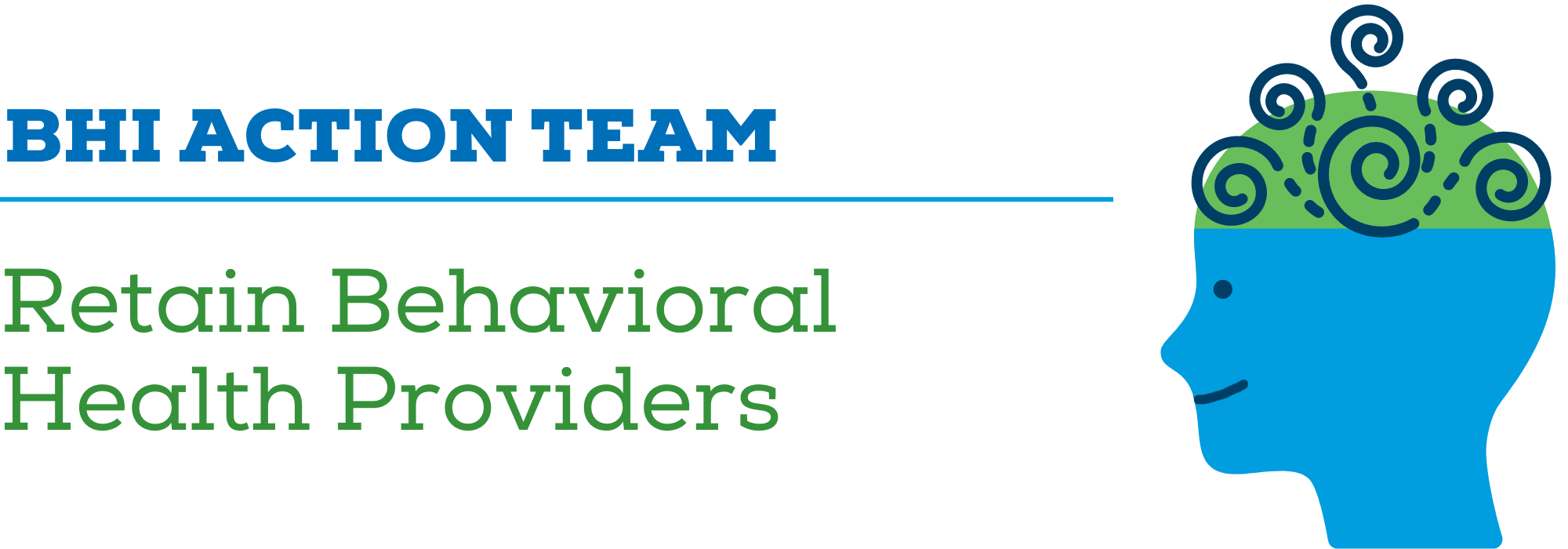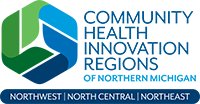
Project Name:
Retain Behavioral Health Providers
Team Leaders, Members and their Organizational Affiliations:
LEADERS:
- Sarah Hubbell – Leelanau County Family Court
- Erika Solomonson – NLCMH
TEAM MEMBERS:
- Kyle Byrnes – Munson Healthcare
- Barbara Conley – Benzie-Leelanau District Health Department Board of Health
- Ty Curtis – Grand Traverse County Health Department; Clinical Supervisor for Adolescent Mental Health Providers, Private Practice Therapist
- Gail Kloss – Women’s Resource Center of Northern Michigan
- Susan Kramer – Munson Healthcare
- David McGreaham – NMORC
- Susan Stendel – District Health Department #10
September 2022 Behavioral Health Summit Materials
April 2022 Behavioral Health Summit Materials
SUPPORTING DOCUMENTS
![]()
